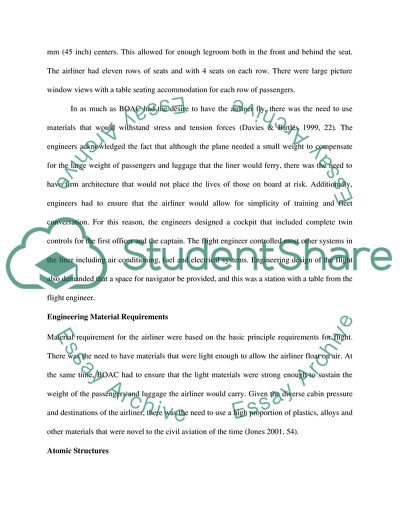Cite this document
(De Havilland Comet Assignment Example | Topics and Well Written Essays - 1250 words, n.d.)
De Havilland Comet Assignment Example | Topics and Well Written Essays - 1250 words. https://studentshare.org/engineering-and-construction/1820848-saad
De Havilland Comet Assignment Example | Topics and Well Written Essays - 1250 words. https://studentshare.org/engineering-and-construction/1820848-saad
(De Havilland Comet Assignment Example | Topics and Well Written Essays - 1250 Words)
De Havilland Comet Assignment Example | Topics and Well Written Essays - 1250 Words. https://studentshare.org/engineering-and-construction/1820848-saad.
De Havilland Comet Assignment Example | Topics and Well Written Essays - 1250 Words. https://studentshare.org/engineering-and-construction/1820848-saad.
“De Havilland Comet Assignment Example | Topics and Well Written Essays - 1250 Words”. https://studentshare.org/engineering-and-construction/1820848-saad.


